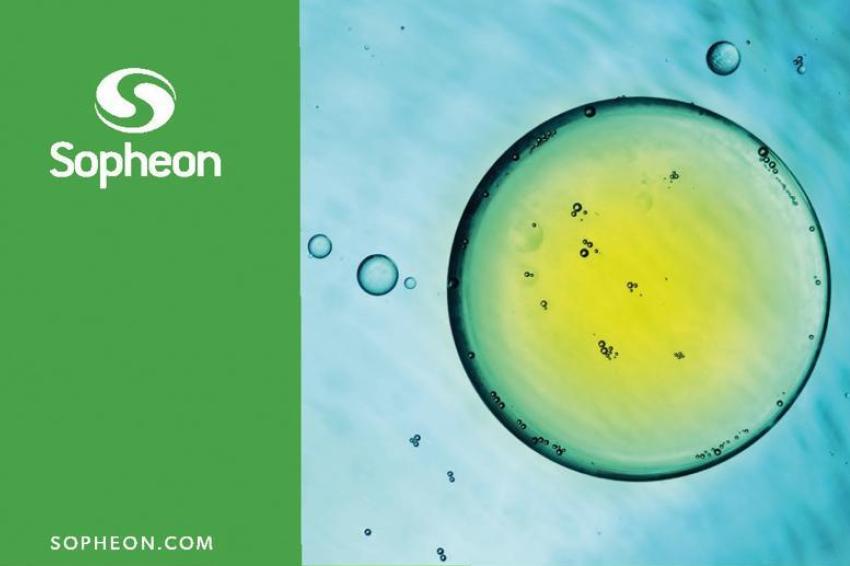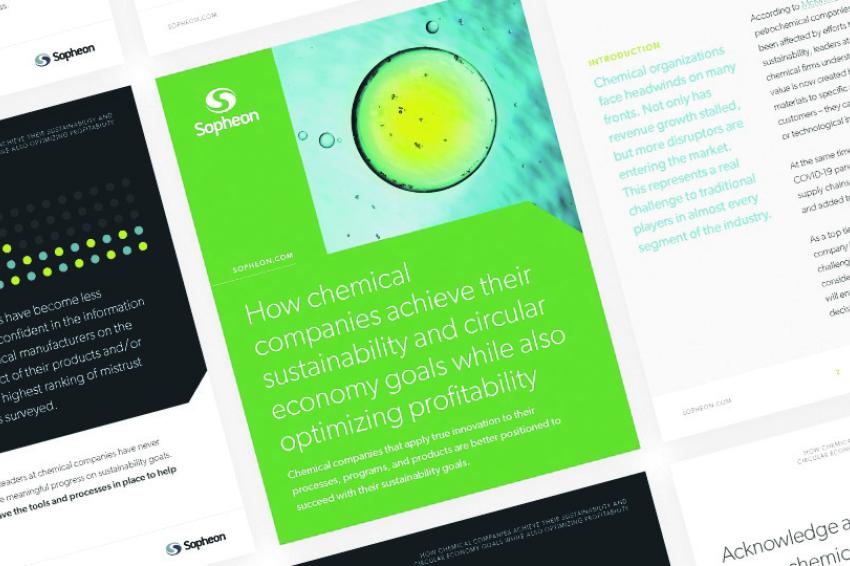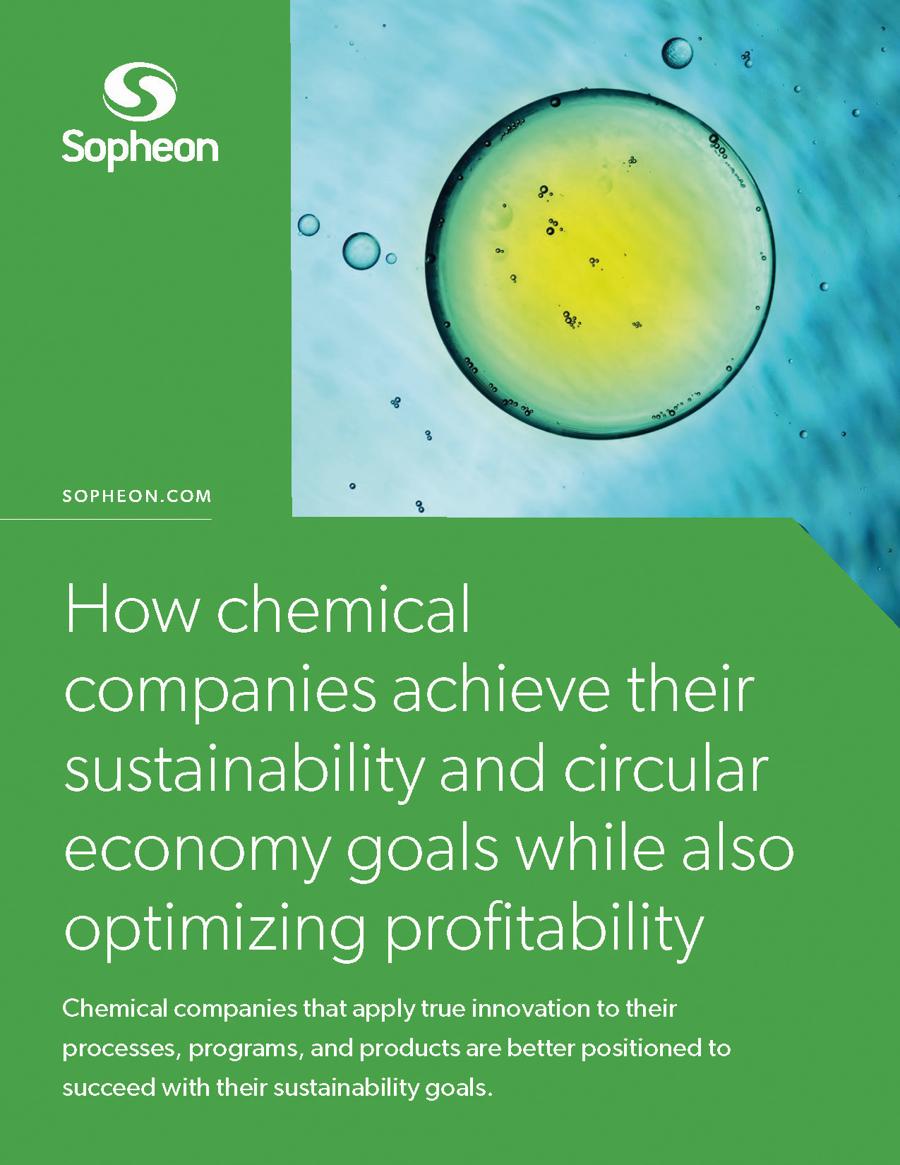How Chemical Companies Achieve their Sustainability and Circular Economy Goals while also Optimizing Profitability
06.12.2021 - Chemical companies that apply true innovation to their processes, programs, and products are better positioned to succeed with their sustainability goals.
According to McKinsey, while petrochemical companies have been affected by efforts to improve sustainability, leaders at many specialty chemical firms understand that since value is now created by tailoring certain materials to specific applications or end customers – they can't rely on material or technological innovations alone. At the same time, the worldwide COVID-19 pandemic has disrupted supply chains, delayed investments, and added to market uncertainty.
Acknowledge an urgent call-to-action for the chemical industry
Sustainability is not a new pursuit for key players in the chemical industry. What is new, however, is the intensity of the push for change and the many directions from which this push is coming from.
Consumer demand for sustainable products has intensified. According to Deloitte’s 2021 Chemical Industry Outlook, chemical market consumers increasingly value sustainability and prioritize products based on circularity and carbon footprint. This is driving leaders at many chemical firms to re-examine existing assets, accelerate recycling efforts and look to circulate or capture CO2 in your products.
At the same time, regulatory pressure around the world has increased – and will likely continue to do so. While the EU’s sustainability strategy aims to put chemical firms on a course toward climate-neutrality by 2050, the International Energy Agency estimates emissions from primary chemical production must decline by 10% as soon as 2030.
Meeting these goals is a monumental challenge, especially when we consider that the chemical sector is the largest industrial consumer of both oil and gas, and contributes more than 30% of global greenhouse gas emissions. On the one hand, we are experiencing more demand than ever for primary chemicals – but on the other, we face hefty fines if CO2 emissions targets are exceeded.
The magnitude of the challenge is daunting. According to McKinsey, just 16% of today’s plastic waste is recycled globally. At the Helsinki Chemical Forum 2021, European Chemical Agency Executive Director Bjorn Hansen said that current regulations are not working. Hansen argues that many organizations don’t have the efficient tools needed to support the standardization, harmonization, and digitalization of information – and this holds back progress.
Meanwhile, consumers have become less trusting. 72% are not confident in the information they hear from chemical manufacturers on the environmental impact of their products and/or services. This is the highest ranking of mistrust among the sectors surveyed.
Change needs to happen – and quickly
Proactively moving away from the current linear model of ‘take, make, waste,’ and toward a more regenerative circular economy will be key to success. A circular economy prioritizes renewable resources and recycling and reusing raw materials many times before creating waste. Shifting innovation and new product development (NPD) priorities toward processing chemicals that fit with the circular economy is an excellent way to not only reaffirm commitment to sustainability and better align with regulations in the process, but also to improve consumer confidence and build trusted relationships.
While achieving this won’t be easy, the benefits could be significant. According to PWC, the circular economy can lead to competitive advantage through lower operating costs and the creation of new products and services that facilitate incremental value creation and sustained growth. Meanwhile, Accenture predicts the value of the circular economy worldwide is set to hit $4.5 trillion by 2030.
Interested in reading the full eGuide?
Download it here.







